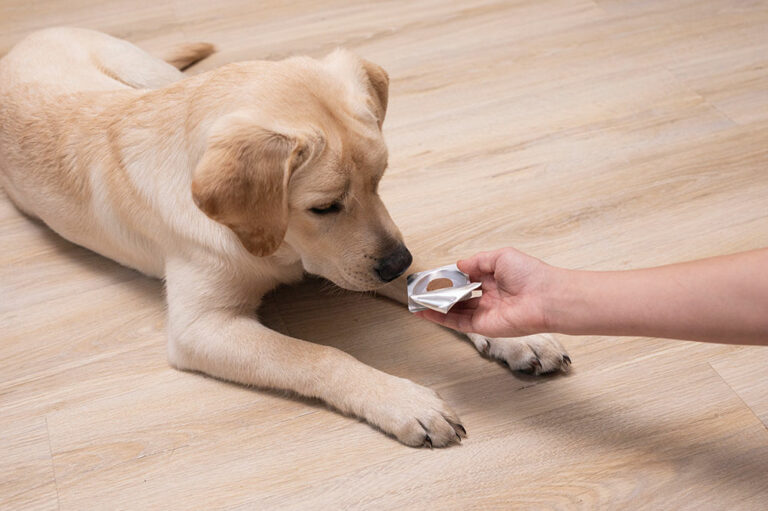
Heartburn and GERD – What you need to know
An uncomfortable burning sensation in the chest, right behind the breastbone, is common in many, especially after a large meal. Experiencing these heartburns occasionally is not a matter of concern as it does not lead to health problems. However, when these heartburns become frequent, it can be referred to as gastroesophageal reflux disease (GERD).
When heartburn or GERD occurs frequently, it means that the stomach and food pipe are getting affected.
Since heartburns are common, you might not know when to seek medical help. If you see any of these signs, make sure you seek medical help:
- When heartburns take place more than twice in a week
- The burning sensation worsens
- When the heartburn gets so severe that it wakes you up
- Problems while swallowing
- The heartburn starts interfering with your daily routine
Symptoms of heartburn/GERD
There are some common symptoms associated with the condition that can help you identify the problem easily. These include:
- A severe burning sensation in the chest. This occurs usually after having a large meal and takes place at night
- Pain in the chest
- Problems with swallowing food
- Backward flow of food
- A feeling of a lump stuck inside your throat
In cases a person experiences acid reflux at night, the symptoms can include:
- Severe cough that does not go away easily
- Disturbed sleep
- Occurrence or worsening of existing asthma symptoms
- Laryngitis
You need to see a doctor if the symptoms start to worsen and there is excruciating pain in the chest. If you feel breathless or experience pain in the jaw or arm, you must rush to see a doctor.
Causes of heartburn/GERD
GERD mainly happens when your lower esophageal sphincter (LES) starts to malfunction. The LES is a band of circular muscles located right at the end of the esophagus. A well-functioning LES opens up as soon as the food is swallowed. Once the food goes in, the LES tightens and shuts again.
However, in cases of GERD or acid reflux, the LES stops tightening and closing. This lets the digestive juices and several other contents from the stomach flow back to the esophagus, leading to GERD.
Risk factors associated with GERD
There are certain risk factors associated with the condition. They are:
- Unhealthy body weight or obesity
- Pregnancy
- Connective tissue disorders
- Hiatal hernia
Some lifestyle-related risk factors are associated with GERD. These include the following:
- Eating unhealthy and consuming large meals in one go
- Smoking
- Going to bed right after eating a meal
- Consumption of certain kinds of foods, such as fried and spicy foods
- Consumption of certain kinds of beverages, such as soda and coffee
- Use of NSAIDs, such as Ibuprofen







